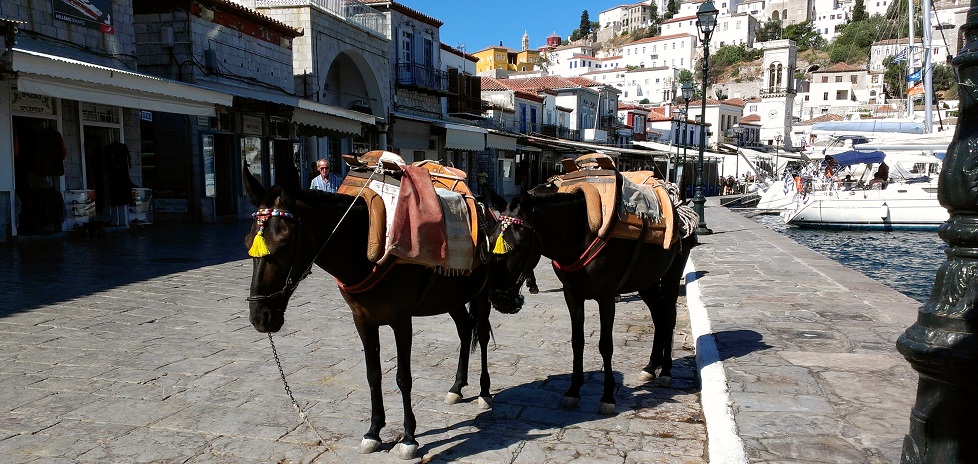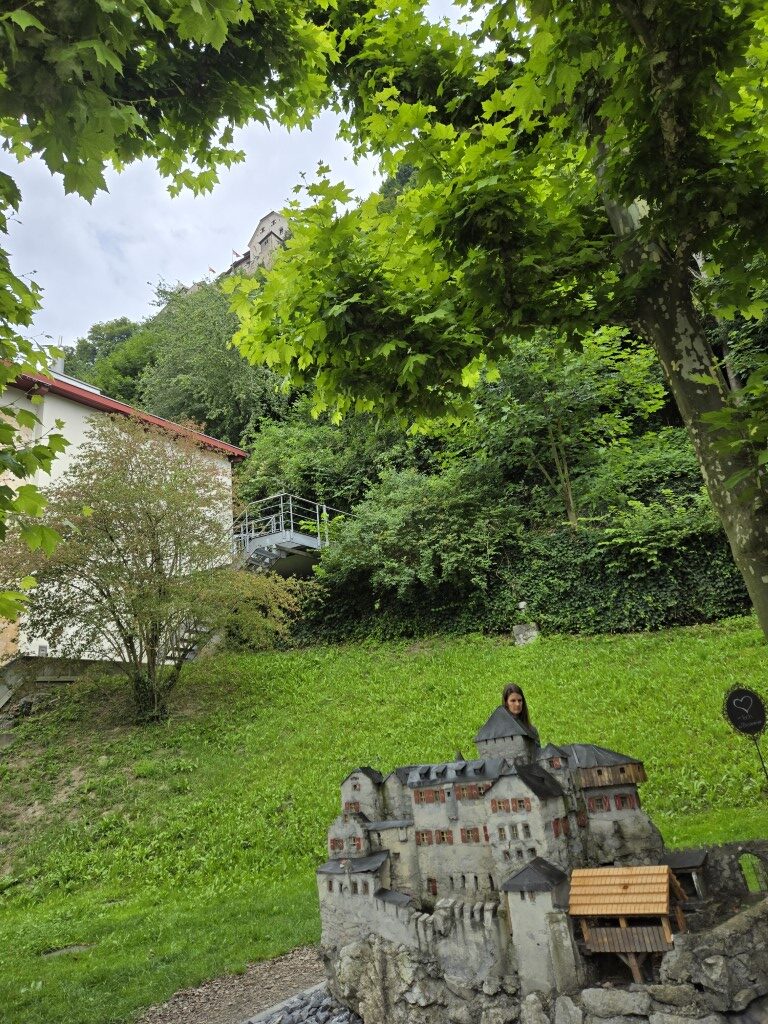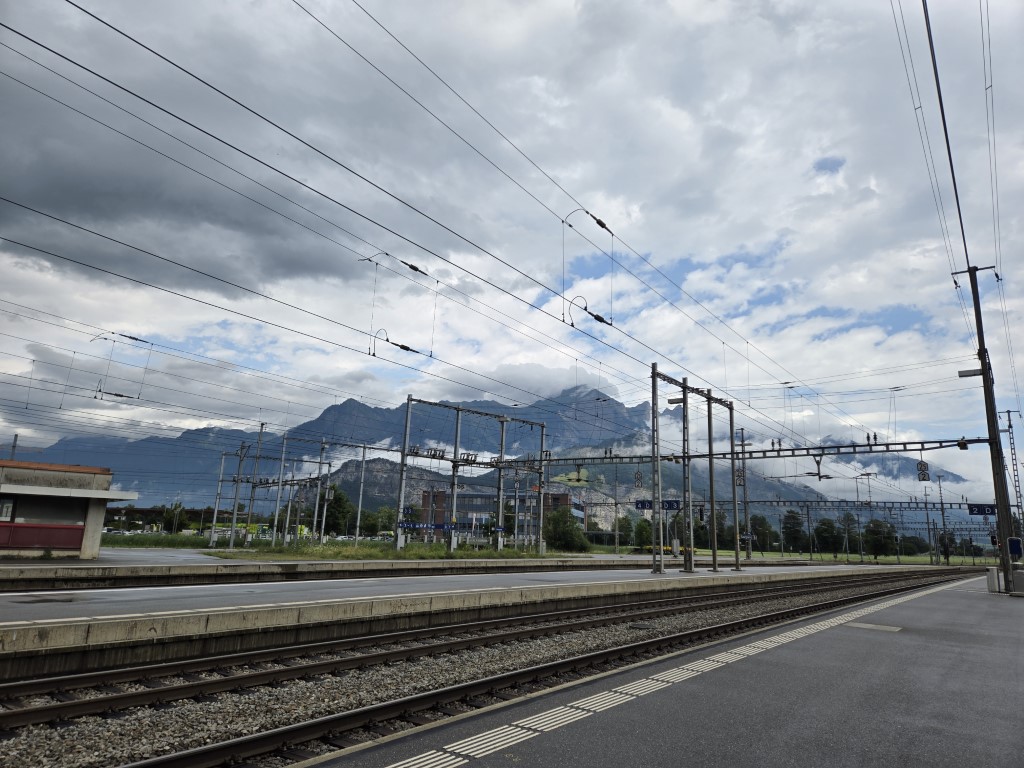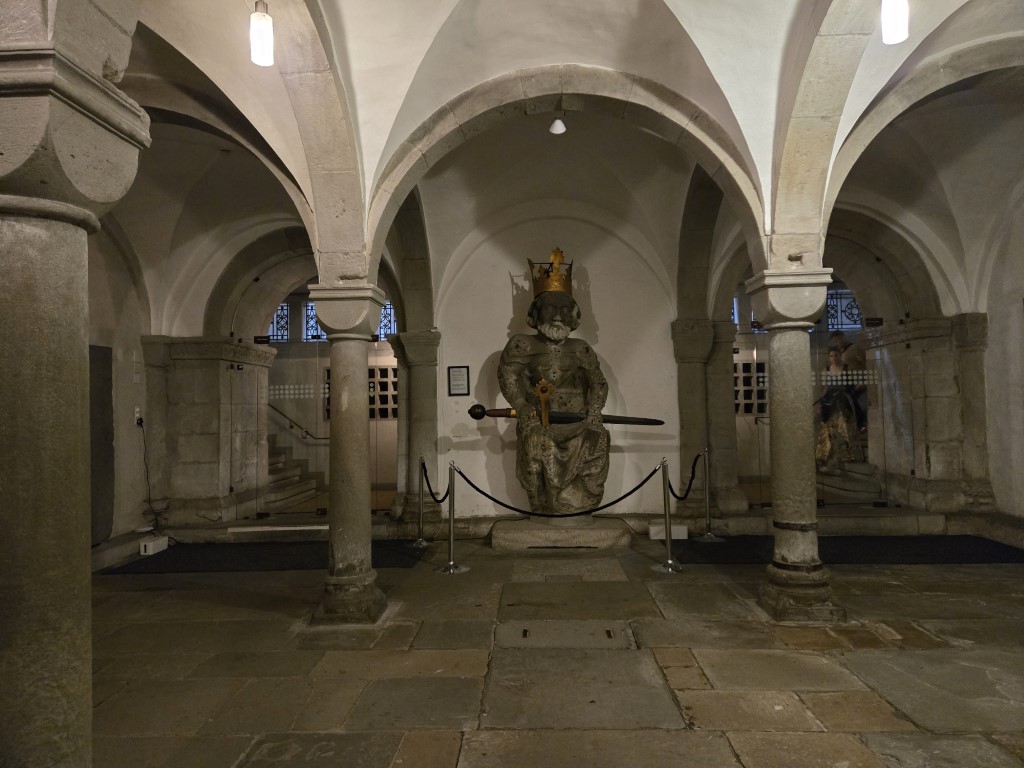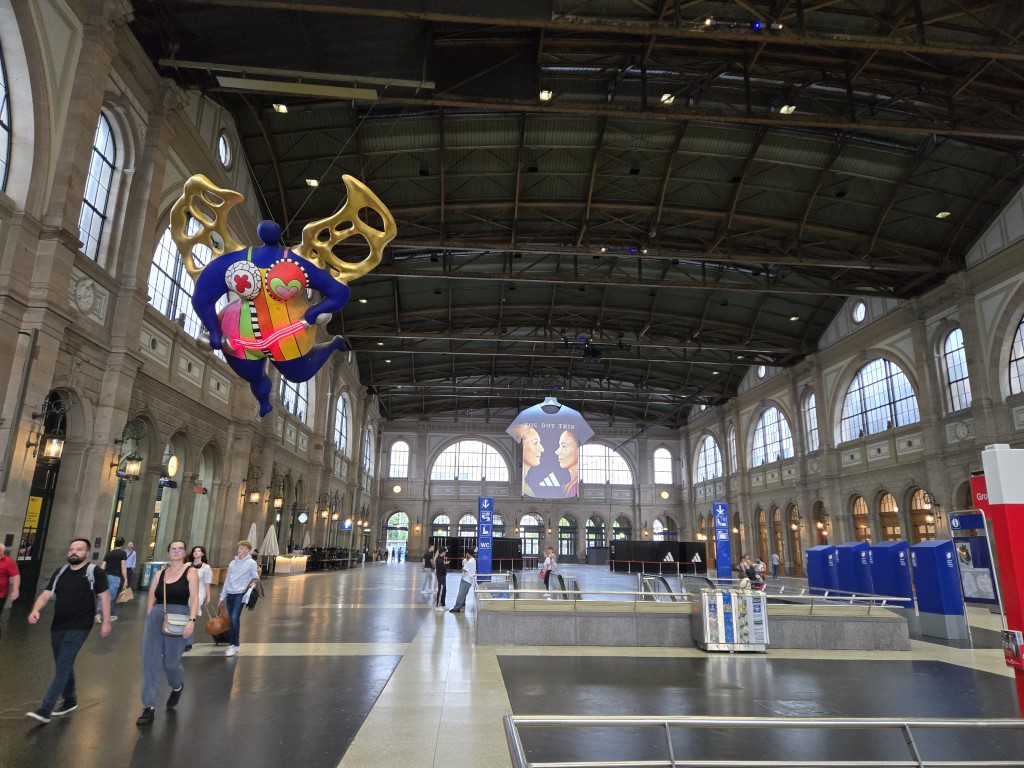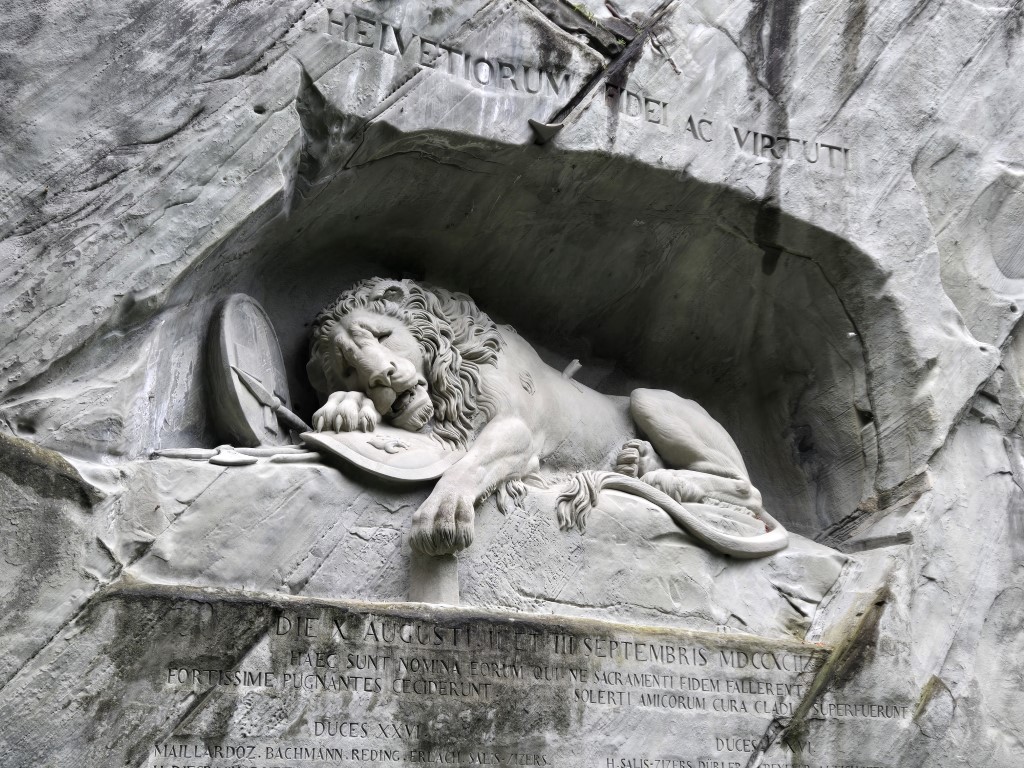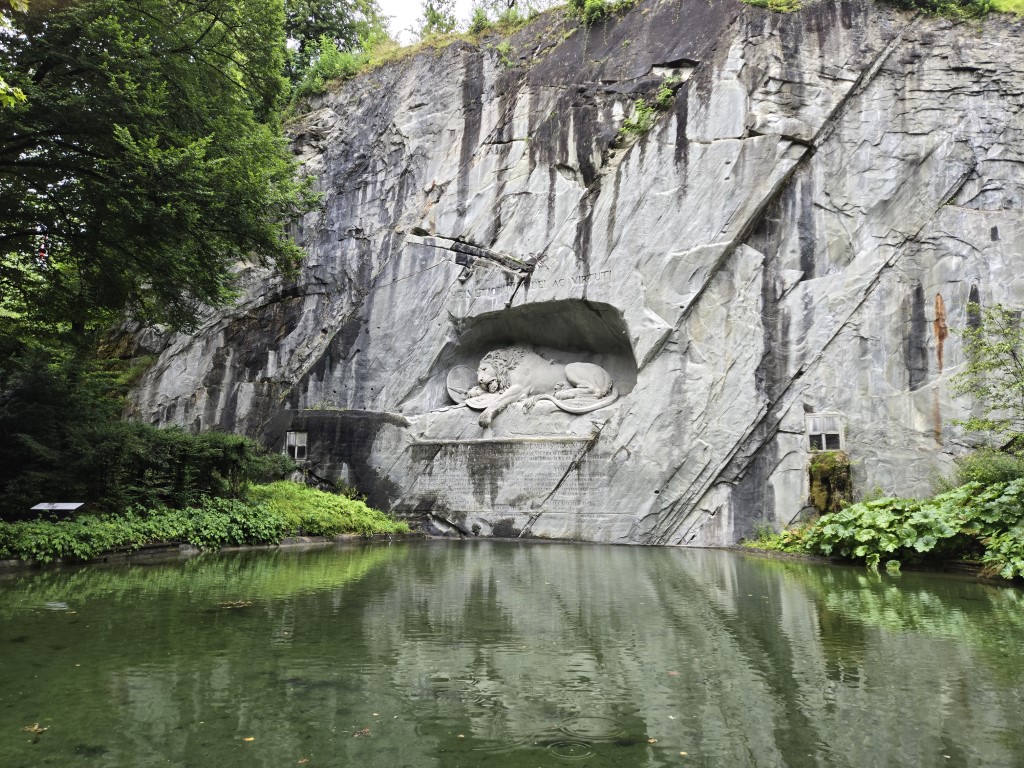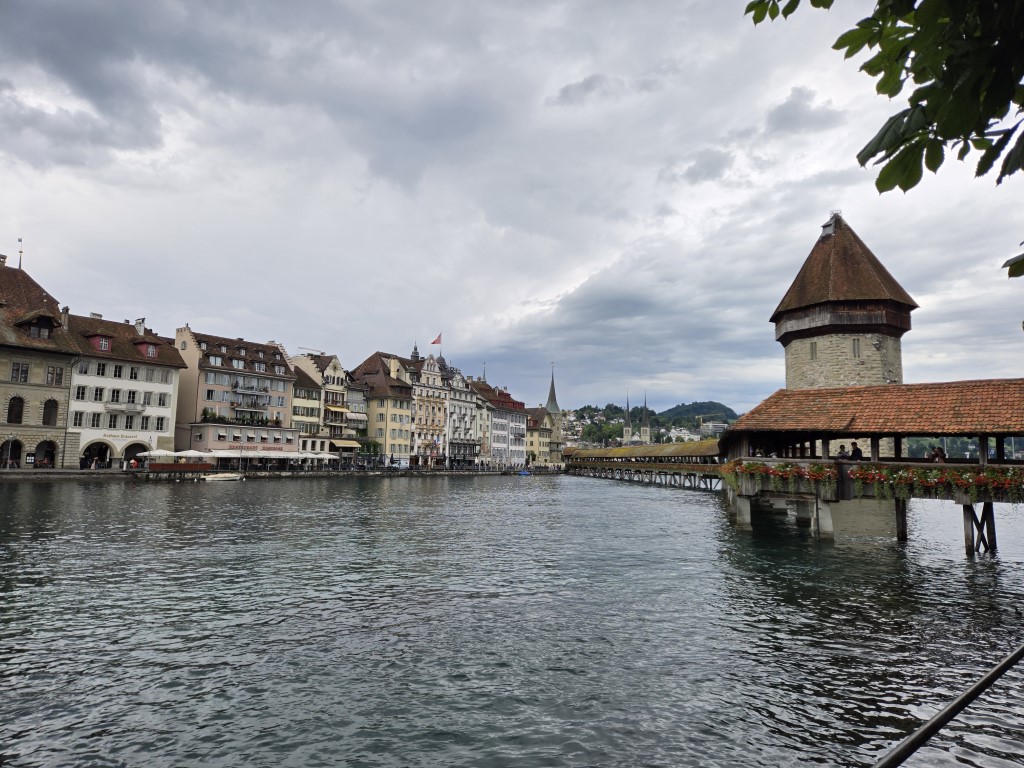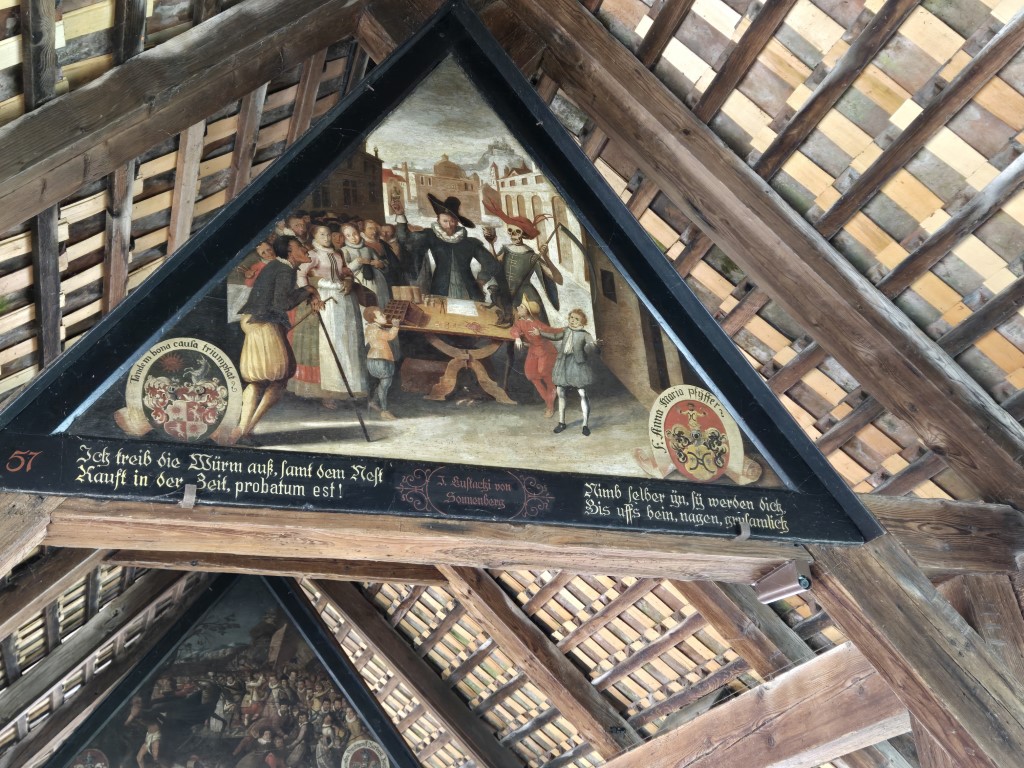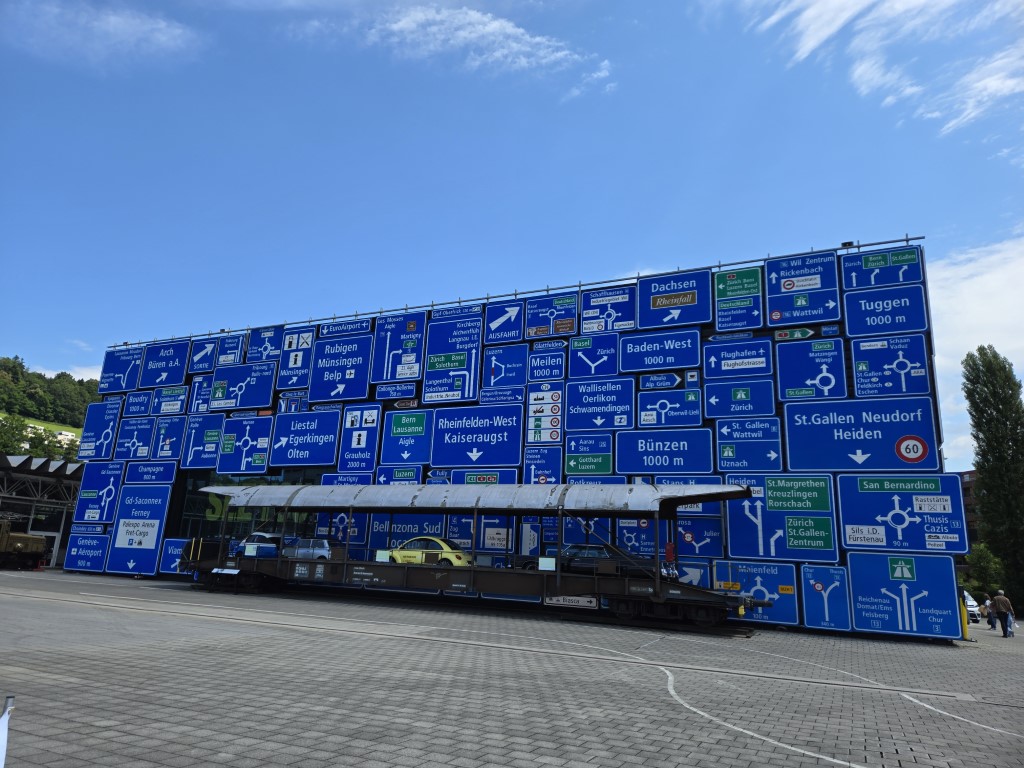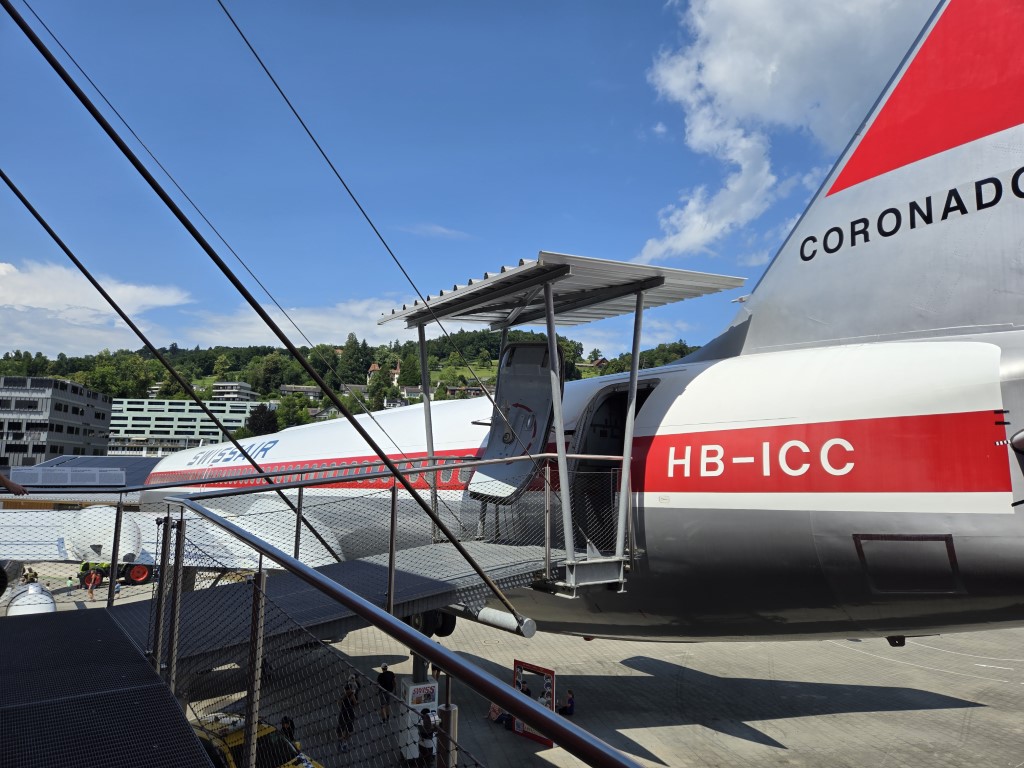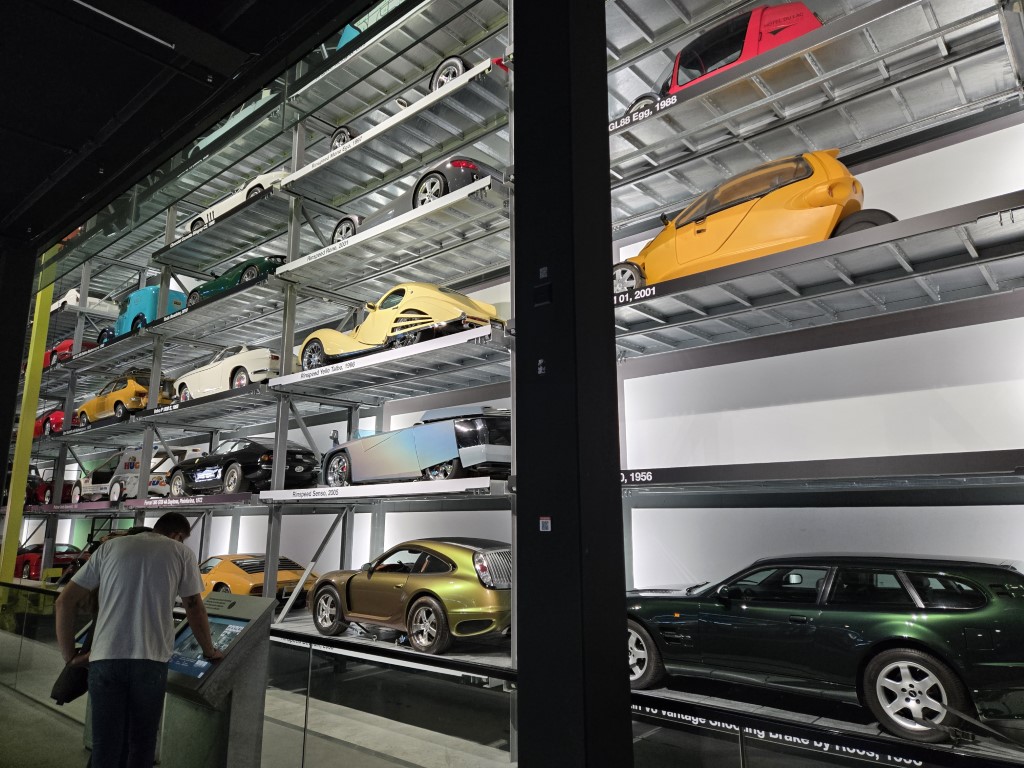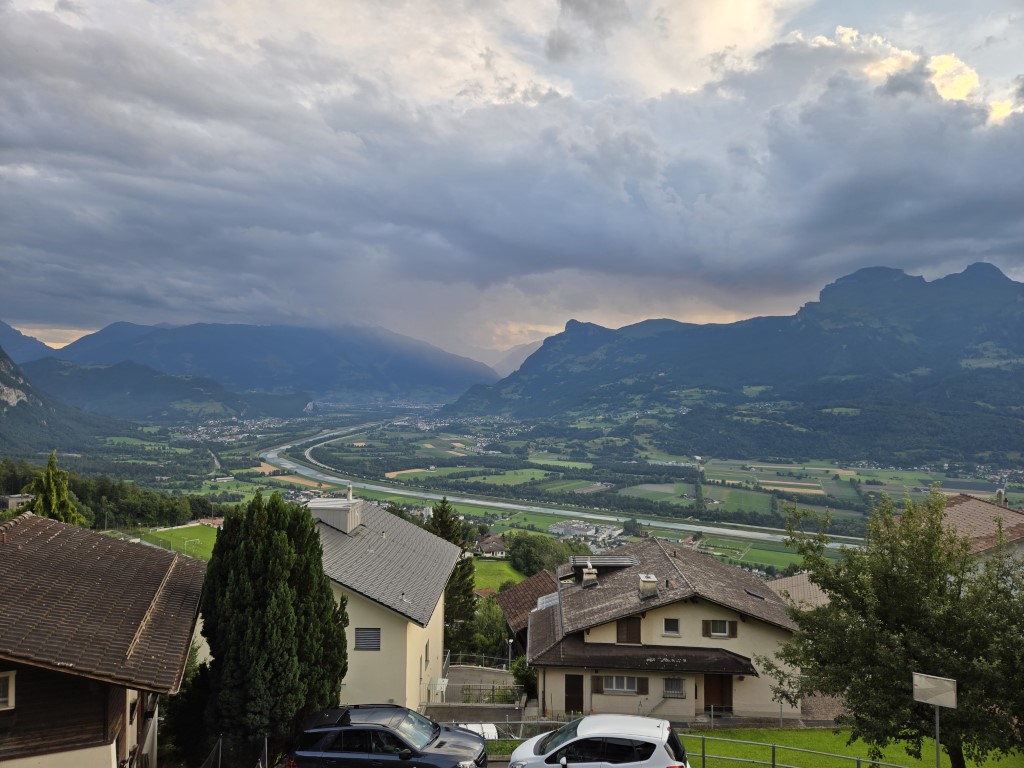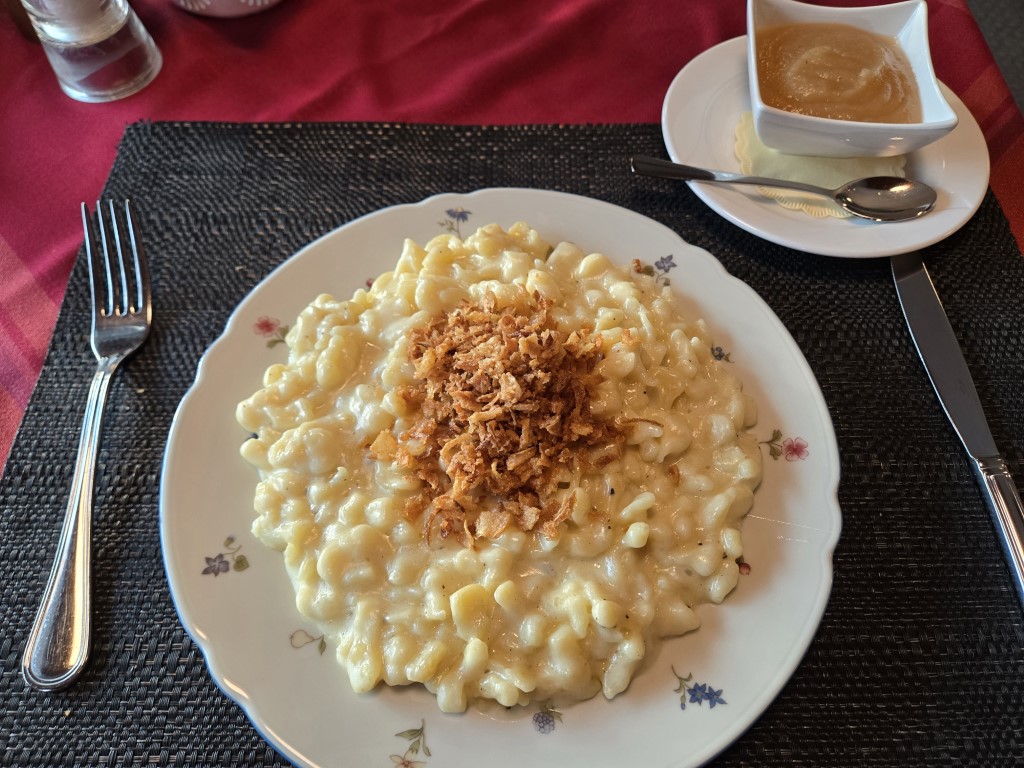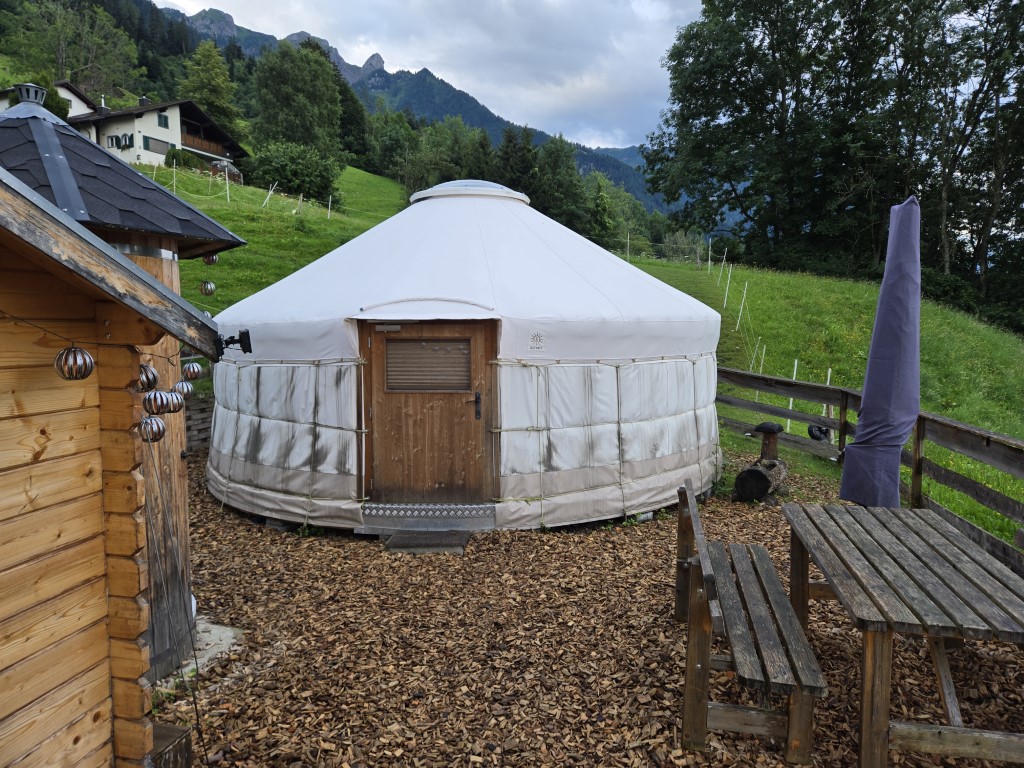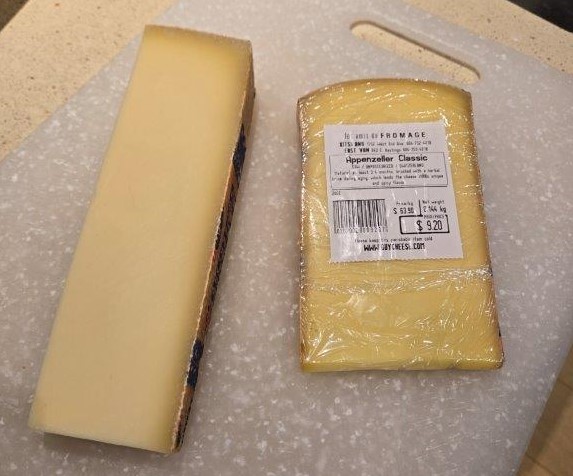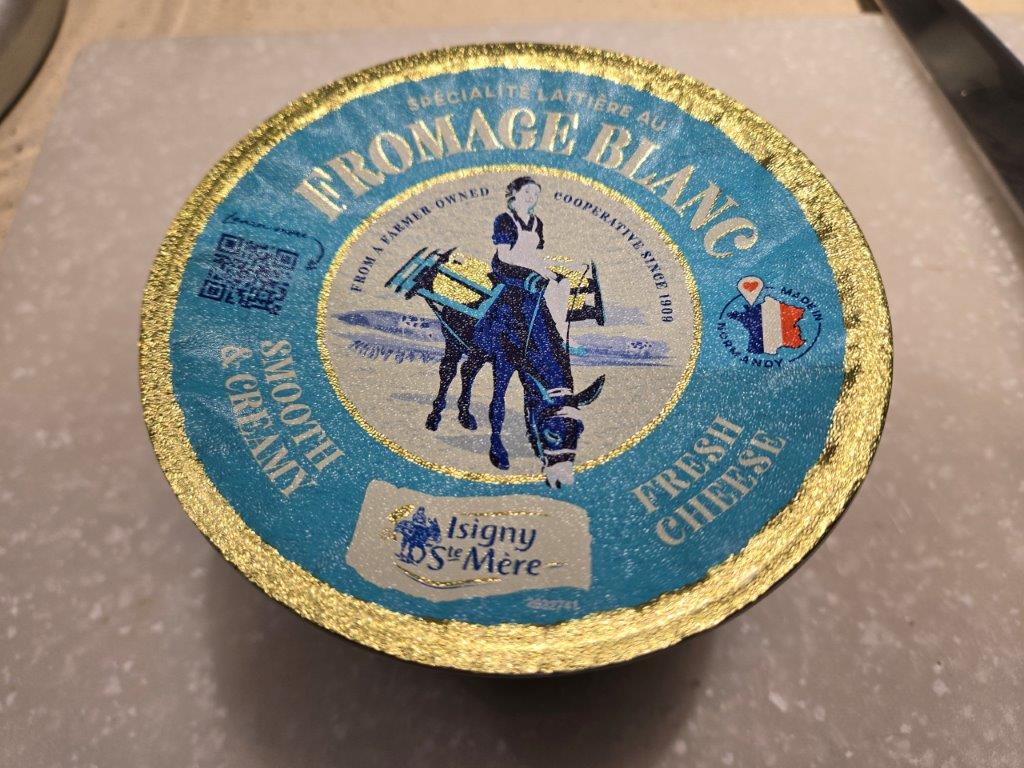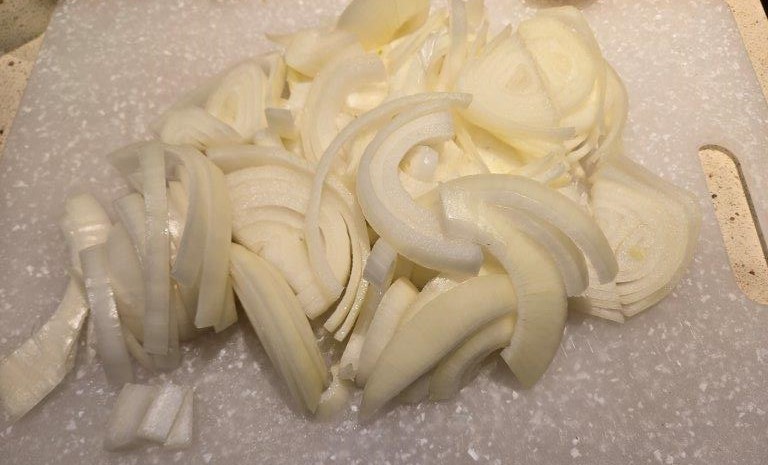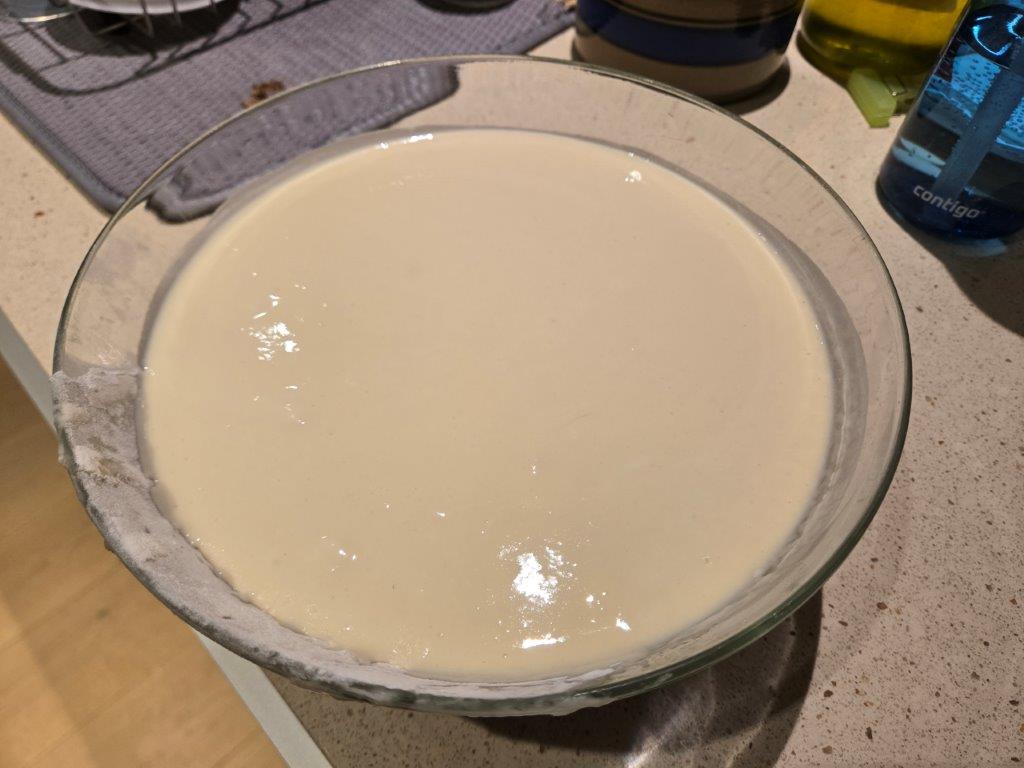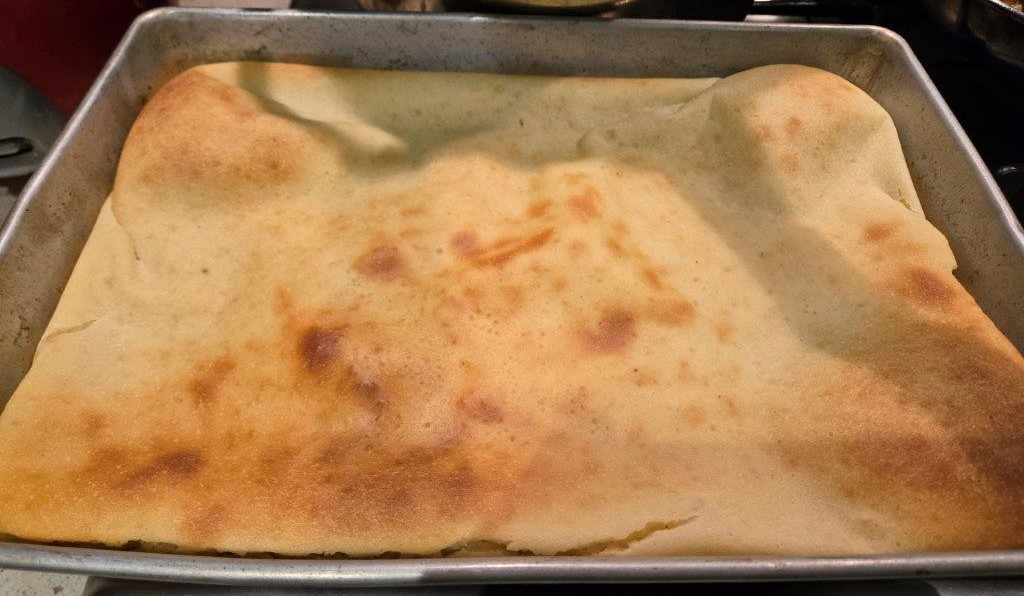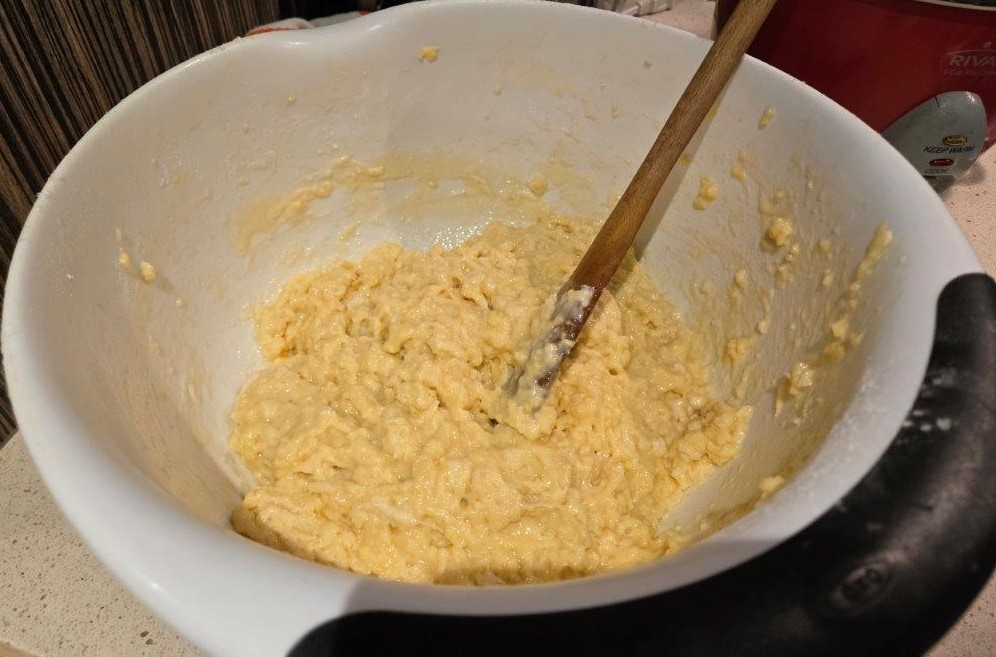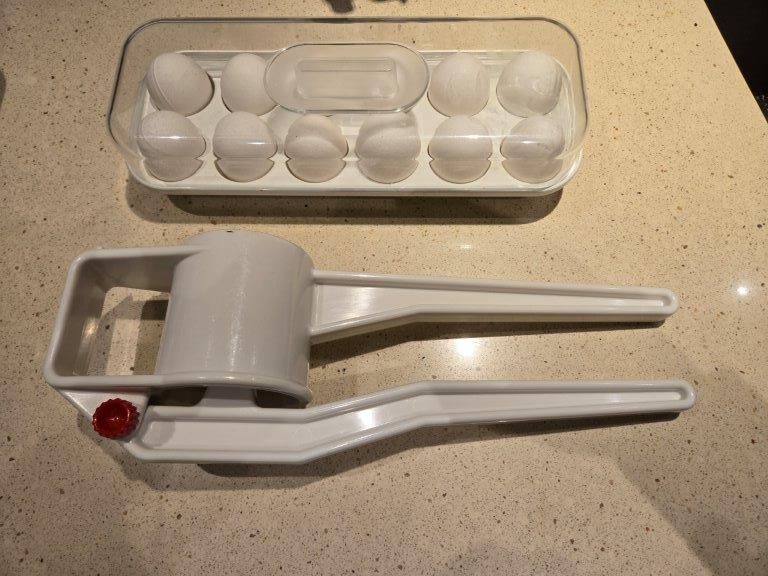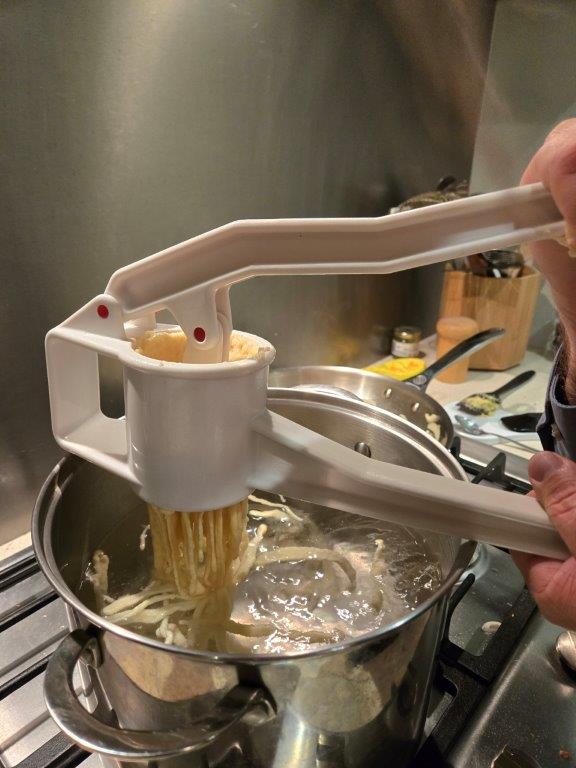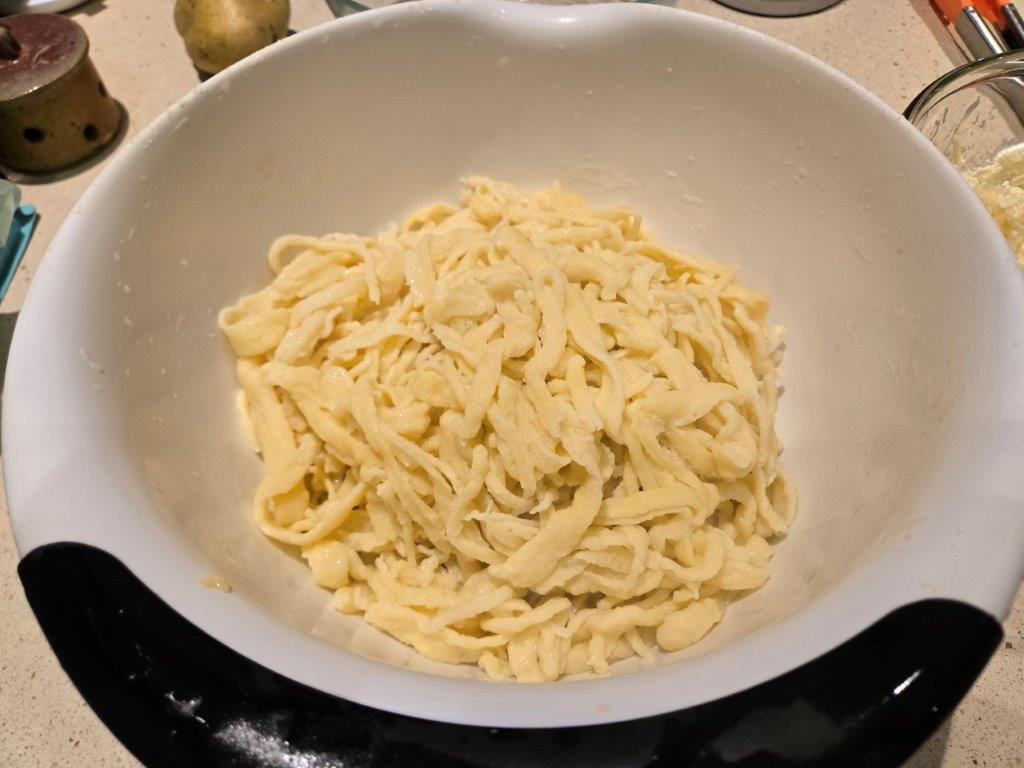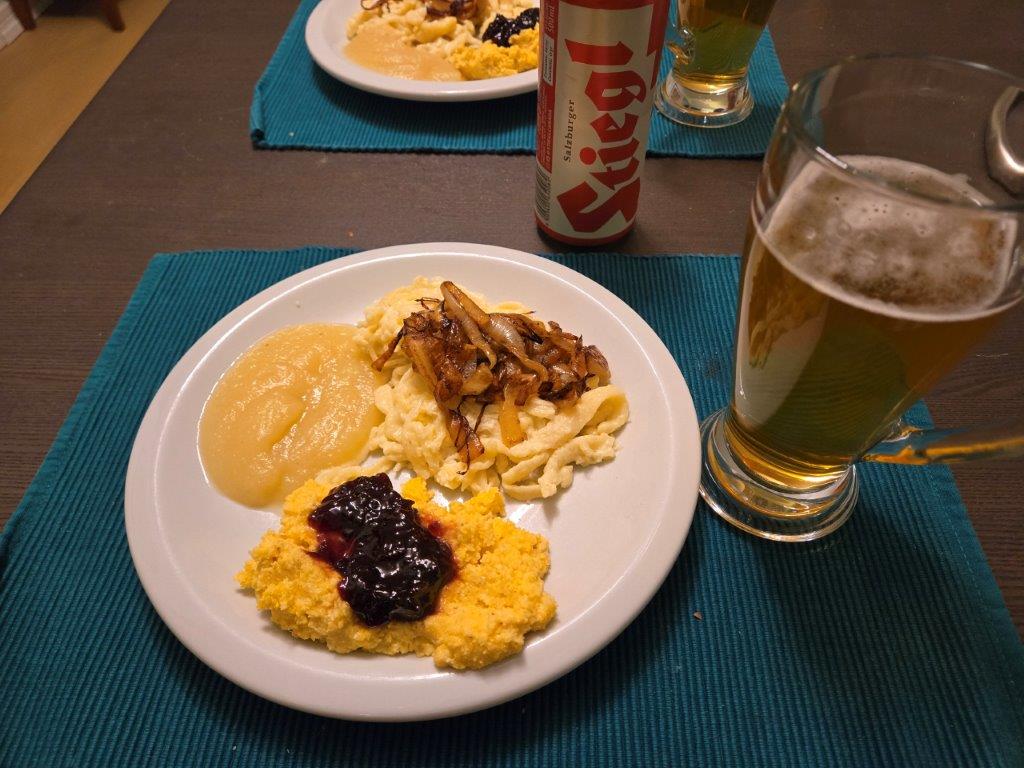What do you think of when you think of Liechtenstein?[1] If you’re like most people, the answer to that question might be “Where?” Or maybe “Um, stamps?” Or maybe even, “Tax haven banking?” These are all valid answers. But another valid answer is, “Somewhere that Dan and Leigh have been talking about going for 20 years.”
See, dear reader, when we got married (20 years ago next week, as of this writing!), we had a grand plan for a honeymoon. We wanted to go to the tiny countries of Europe – Andorra, Monaco, San Marino, Vatican City, and Liechtenstein.[2] Why, you ask, even though you should know better than that by now if you know anything about either of us? Um, because they’re tiny and you can walk across them before lunch?[3] Because probably nobody else in the history of ever has come up with that as their honeymoon plan?
Anyway, the opportunity to have that particular honeymoon (or really, any honeymoon) never materialized.[4] However, in 2010 I was invited to a town really, really close to Liechtenstein –right on the border, called Feldkirch, Austria – to give a talk at a conference there. While I was there, I took a free morning to take a train from Feldkirch to Buchs, Switzerland (just on the other side of Liechtenstein) and walk back. Why? Because I could.
Here’s how that went: at about 9 am, I stopped at the front desk of my hotel and asked if they had an area map I could use for the morning, because I was planning to take a train ONE STOP to Buchs and walk back from there.[5] The front desk clerk was horrified by this idea, and kept saying, “But this is very far! You will get tired.” Reader, it’s three miles from Feldkirch to Buchs. I’m hoping that her concern was predicated on assumptions about Americans and their fitness levels in general, and not about this American’s fitness level in particular,[6] but she seemed to have some serious concern about whether or not I would be able to drag myself 3 miles across a completely flat portion of Liechtenstein without requiring medical assistance midway. Eventually she relented and handed me a map, but she also handed me the business card of a taxi company, saying, “When you get tired, you can call this company and they will come pick you up and bring you back here.” Yes, with emphasis on the word when, as if to highlight the inevitability of this occurrence.
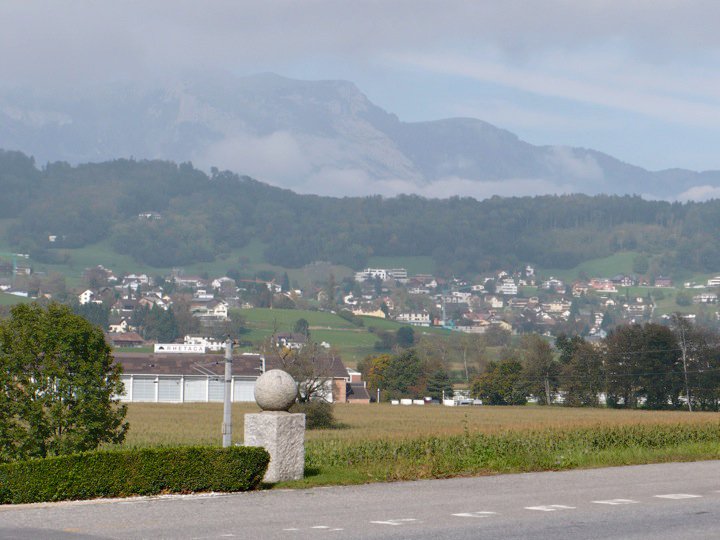
A picture from my walk in 2010
So I took a five minute train ride to Buchs, Switzerland, got off the train, and walked a completely flat route of approximately 3 miles across Liechtenstein back to Feldkirch and my hotel. I recall that I got back about 12:30, which was probably because I stopped to have lunch and stare at goats.[7]
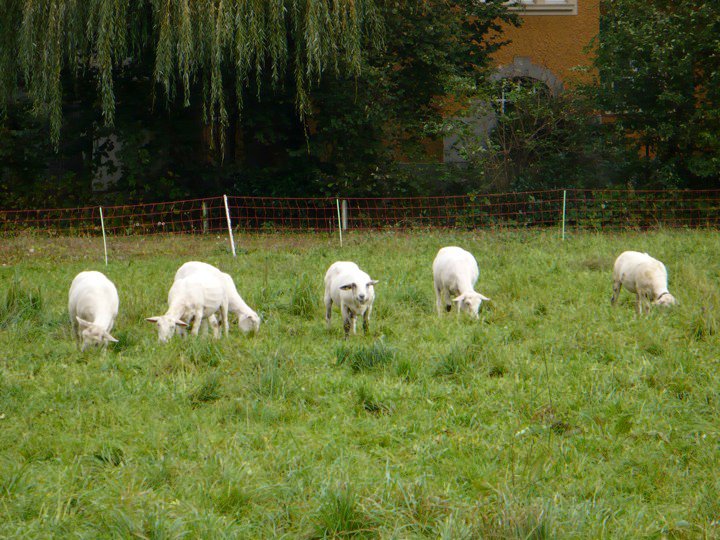
Historic Liechtenstein goats
I walked into the lobby of my hotel in Feldkirch to the apparent amazement of the front desk clerk who probably was worried that I was dead somewhere on the side of a completely flat road.
Anyway, that’s been my primary experience with Liechtenstein, which to be completely fair is still a lot more than most people’s primary experiences with Liechtenstein, and has resulted in a story that I have told more times than I can count.
But that means that Dan still hasn’t experienced Liechtenstein, so since we were in Switzerland, we thought it would be great to nip into Liechtenstein so that we could finally say that we had been there together, even if we weren’t actually able to both walk across it together.
While we were in the process of researching “things to do in Liechtenstein,” the option for a llama walk came up. You can probably imagine the glee with which we immediately signed up for this.
[insert Fry “take my money” image here]
Turns out, it’s not just a llama walk experience. Or, at least, it doesn’t have to be just a llama walk experience. If you want, it’s a stay-in-a-literal-yurt-on-the-llama-farm-and-go-on-a-llama-walk. And we wanted. Oh, did we wanted.
And we did.
Was this the most convenient part of our trip? The most on-the-way part? No. No, it was not. The llama farm was in Triesenberg, Liechtenstein. To get there we had to take a train from Lucerne to Sargans, Switzerland, and then a bus to Triesen, Liechtenstein, and then another bus to Triesenberg (which was basically up a mountain, so I’m not complaining that there was a bus there), and then walk a non-trivial way out of Triesenberg to the llama farm. (While being threatened with an oncoming rainstorm, as it turned out.)

But I’m getting ahead of myself. We arrived into Triesenberg, and Dan had found one of the few restaurants that was open that evening – in a hotel that was right near where we got let off. We walked in and tried to go into the restaurant, and the front desk clerk was VERY confused that we were walking into the hotel with luggage but we weren’t checking into the hotel and only wanted to go to the restaurant.
After dinner, and narrowly avoiding what looked like an imminent Alpensoaken, we arrived at the llama farm, where we got the first glimpse of the majestic creatures we would get to hike with the next morning. In eager anticipation, we spent the evening in the yurt, where our primary form of entertainment was trying to kill flies that wanted nothing more than to experience a non-llama lifeform. With that accomplished, we yurted ourselves to sleep.
The next morning, we emerged to find Marc, our human host, preparing the llama herd for the day’s excitement. We also met our walking compatriots, who were all adults accompanying children – because what rational adults would want to do this without children involved? (Oh, wait.) There was an older Swiss couple who were there with their granddaughter and her friend, and a French couple who were there with their daughter. And … us.
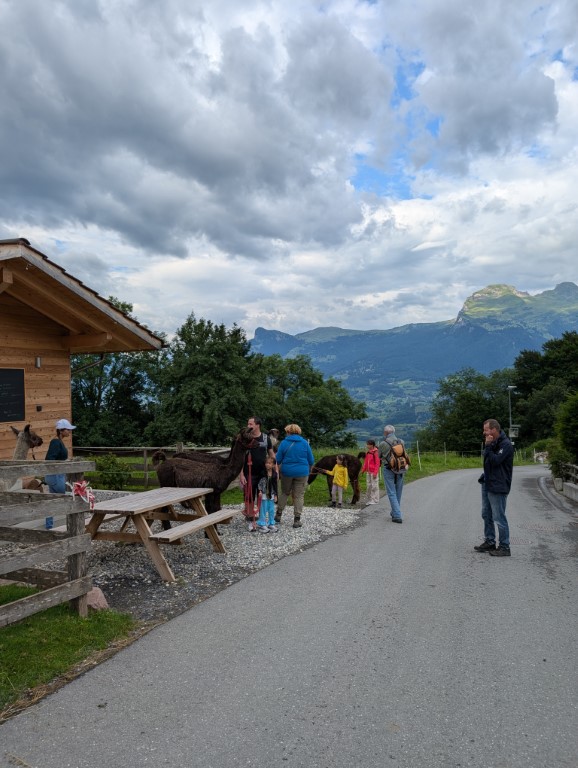
Marc gave us the safety briefing for how to walk with llamas, and then assigned us llamas based on their – and our – personalities.

This is how Dan ended up with Willie, who was described as a “teenager” who was somewhat volatile and unpredictable, and I ended up with Pius, who was the “leader” of the flock of llamas.[8]
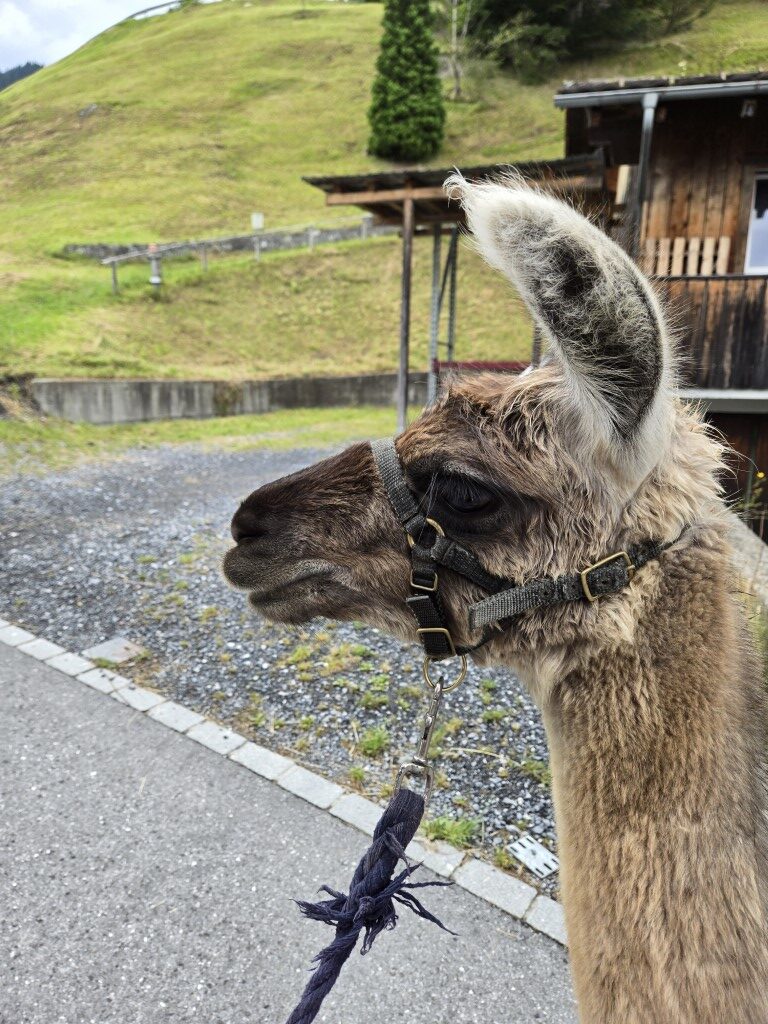
Willie the Llama
Pius, we were told, needed to be at the front, because his presence as a leader calmed the other llamas. So Pius and I forged the path for the other ridiculous creatures, and I will say that the view as the head llama is probably better than the view from behind the head llama.
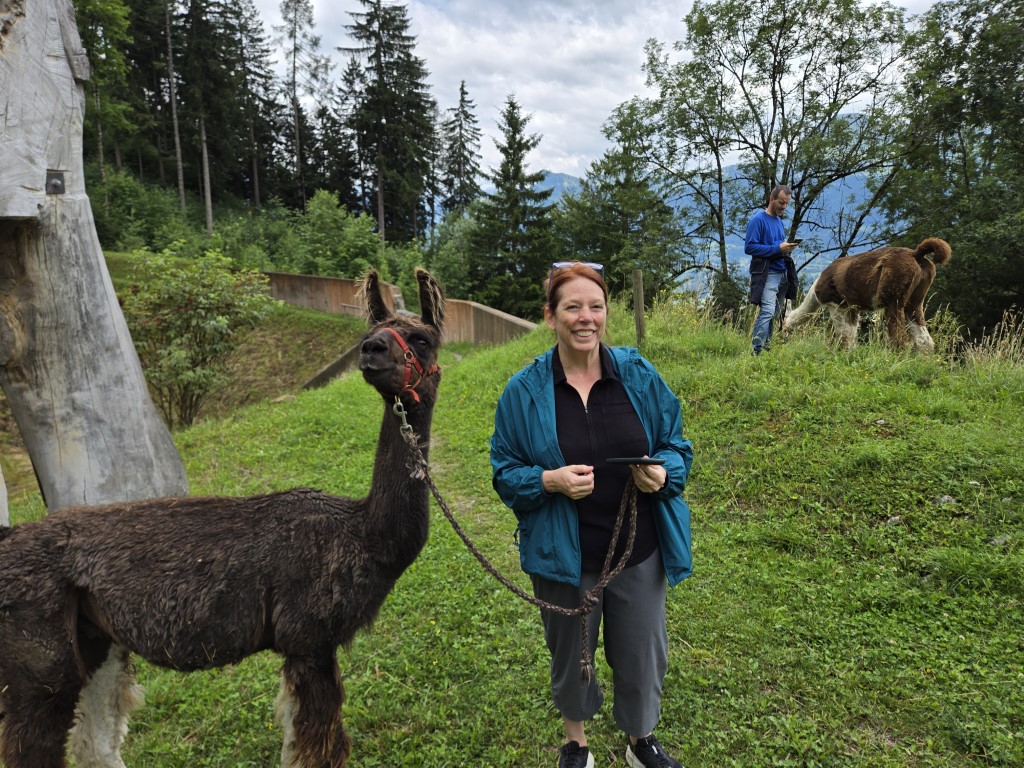
Leigh and Pius the Llama (left)
As foretold, at various points of the walk Dan’s llama Willie determined that he should be the one in front, and Dan was somewhat forcibly coerced into something resembling a leadership position until Pius had enough of the teenager and resumed his rightful place at the head of the llama parade. But then Pius would get distracted by dandelions, which were apparently his very favorite snack.
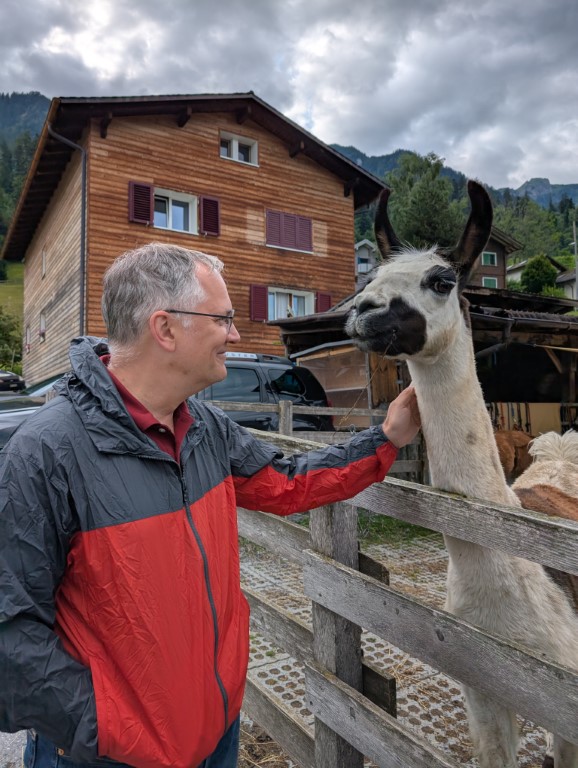
The walk itself involved rather a lot of going uphill, and also involved a copious amount of sweating and a fair number of mosquitoes, the latter of which was increased by the former. But I got to spend time with one of the most regal llamas I’ve ever met, so my joy was boundless.
[1] I mean, if men can think about the Roman Empire on a regular basis, why can’t we think about Liechtenstein?
[2] Luxembourg doesn’t qualify – it’s huge compared to these countries!
[3] Well, some of them. Some of them have really big mountains and it might take you until 3 pm.
[4] Don’t feel too bad for us. As this blog demonstrates, we’ve gotten to go some amazing places together; they were just a lot larger.
[5] There are only four train stops in Liechtenstein, one of which is abandoned. Tim Traveler talks about this here None of the three working ones were in any way convenient to the llama farm, for some reason.
[6] Canadian, now!
[7] Not at the same time. Well, okay, maybe.
[8] Google suggests either “flock” or “herd” as the collective noun; I feel like we’re missing out on the grandeur of “cavalcade” or the implied hilarity of a “business,” but fine.
